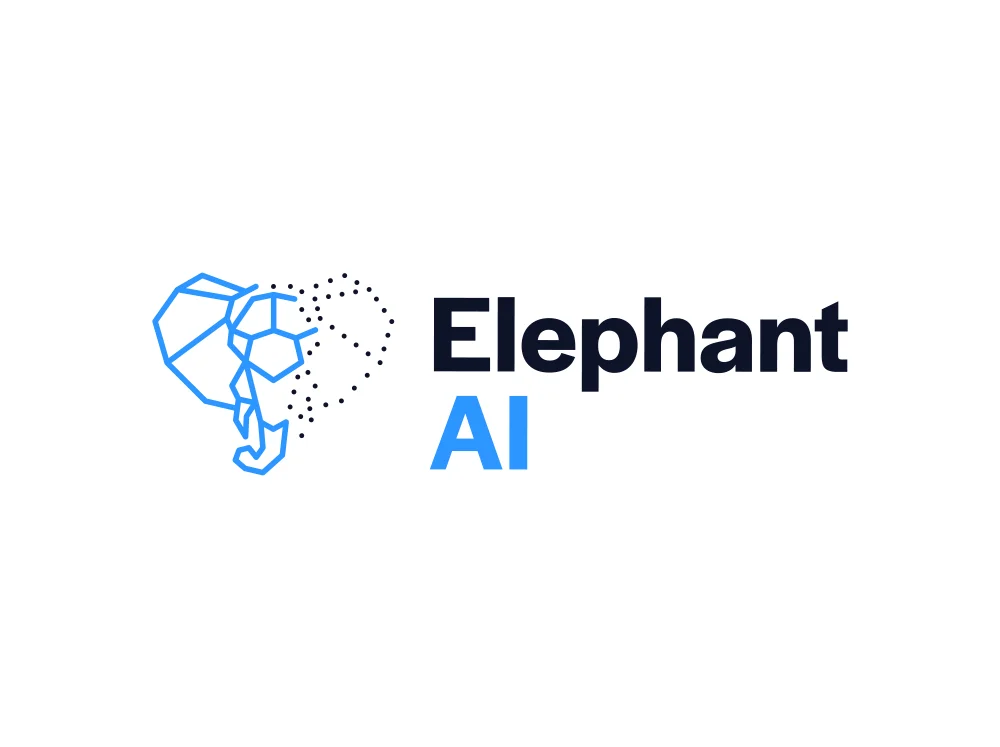As companies continue to adopt digital transformation, it’s crucial to find a balance between automation and the human touch for optimal results.
There’s much more to consider on the human side of digital transformation and automation than implementing new software and hardware, along with some process changes. With artificial intelligence’s increasing hype, this aspect often goes overlooked.
The majority of companies are starting their digital journey
Because vast majority of companies have already started or plan to start digital transformations this year, it is absolutely crucial to balance technology and human touch in the digital transformation process:
- 91% of businesses are engaged in some form of digital initiative, and 87% of senior business leaders say digitalization is a priority ( Gartner ).
- 89% of all companies have already adopted a digital-first business strategy or are planning to do so
- AI technology will be incorporated into the processes and products of at least 90%.) of new enterprise apps by 2025 (IDC)
In an era of unprecedented change, Digital Transformation Team carries an enormous amount of responsibility. In addition to understanding technology, they must also be adept at managing change within an organization. Unfortunately, according to our observations, many companies concentrate solely on technology, choosing shiny and new software and arguing passionately about the advantages of leading clouds. There doesn’t seem to be anything wrong with spending time on selecting the right technology stack – I love it too, but choosing a car without considering the driver is like choosing a new car without considering the owner.
There doesn’t seem to be anything wrong with spending time on selecting the right technology stack – I love it too, but choosing a car without considering the driver is like choosing a new car without considering the owner.
The vast majority of AI projects fail for this reason. It is estimated that 60 to 85% of AI projects fail to deliver the expected results. A number of factors contribute to this, including a lack of clear business goals and a lack of understanding the end client, inadequate data quality, and a lack of expertise.
Our international experience confirms that you can have the best technology, but if employees don’t have AI and data literacy, they won’t use the system or will ban it entirely. Let’s explore why the human factor is so crucial to the implementation of AI.
People - why are they needed at all in technology transformation?
Software developers often joke that the world would be so beautiful if there were no software users! The joke is slightly cheesy, but there is an eternal truth behind it. Since users are usually ‘technology-dumb’, communication with them is challenging, and IT people (let’s lump all data scientists, software developers, and admins together for this exercise) aren’t the most effective communicators, they manage to avoid it.
Four aspects of people in technology transformation should be discussed: adopting change despite being scared, future technology users, decision-makers, and human-in-the-loop processes.

Photo by Ion Fet on Unsplash
Adopting change despite being scared
It is not too bold to say that most people are to some extent afraid that ‘AI will take over their jobs’. According to a Pew Research Center survey, about half of Americans are concerned about the use of artificial intelligence to make hiring decisions, while a Gallup survey found that 73% of Americans believe that automation will lead to job loss.
Because of this, employees are usually prejudiced about digital transformation – they lack enough information and they know what the media has told them (usually intentionally scary). The key mistake in the transformation process is not informing all employees what will happen, and why the company is investing in AI. Furthermore, such projects, rather than being transparent, are kept secret, which adds to the uncertainty. Another common mistake is not offering mass education to employees and at least a few upskilling programs for key managers and decision makers.
It is easy to predict what will happen – employees slow down or postpone transformation processes, and once the transition has been completed, they refuse to work with the new technology, which supposedly slows down their task.
Future technology users
Using User Experience Design (UX) is all about putting the future users at the center of the design process. And the reasoning is simple – it is more profitable! According to a Forrester report, companies that prioritize user-centered design achieve up to 300% ROI. Additionally, a study by McKinsey found that companies with a strong design focus outperformed industry-benchmark growth by as much as two to one.
The majority of data scientists fail to consider future users even though they know nothing about models and artificial intelligence technology, despite the obvious statistics. Maybe they don’t – but not engaging them usually results in these future users not using the software solution at all – either because they haven’t learned to use the new solution, or because it does not contribute to their daily tasks.

Photo by Alejandro Piñero Amerio on Unsplash
Decision makers
Considering that data science aims to extract knowledge and insight from both structured and unstructured data, decision makers are the primary users of this knowledge. They should be able to make good business decisions using AI. In the organization, decision makers will also be in charge of budgets, and they will be responsible for deciding which AI initiatives to choose from.
These managers will not be able to effectively perform their tasks around AI if the Digital Transformation does not include the upskilling stream for decision makers. As a result, AI is usually not being effectively applied to informed decision making and, even worse, is not being used to build AI project portfolios that are of no value to the company.
Human-in-the-loop (HITL) processes

Photo by Robert Stump on Unsplash
The undoubted success of ChatGPT lies in the use of HITL (Human-in-the-loop), which allowed ChatGPT algorithms to learn fast and effectively with many feedback iterations, with the help of large groups of people. In addition to automating certain tasks, HITL also ensures that humans remain involved in the process, such as training models and also retraining them after implementation. A Digital Transformation process must include HITL as one of its core processes because without it AI systems can become unfriendly, unintuitive, and full of hidden errors.
How to effectively balance people and technology?
You will find some best practices in the following section to help you find the right balance and transform your company into an AI-centric organization. It’s usually not about balancing, but rather about adding the human element. Companies should never forget that they are a combination of people, products, and processes, including IT. solutions and data. Digital transformation is about transforming all these aspects, and not just one – technology.
Let’s see what worked so well in all the successful transformations we conducted:
- Our Evolution Intelligence Framework is based on the principle that if you start with people, and they understand AI and the purpose of transformation, they will transform the company from within.
- Investing in employee training and development is another way to balance automation and the human touch. This ensures that employees have the necessary skills to work with automated systems and to contribute to digital transformation initiatives.
- Keep the Transformation strategy transparent. Share the goals of your transformation strategy, rather than the financial details, so employees can contribute to them.
- An investment in upskilling programs for managers and decision makers usually pays off in a form of an innovation roadmap, carefully selected from a long list of smart AI initiatives.
- It may be more efficient to train employees rather than hire external data experts, or to hire external experts along with them.
- Aim to put the client and future user at the center of all AI processes
- Make sure human-in-the-loop (HITL) processes are carefully planned and people are heavily involved in AI system design, implementation, testing, and maintenance.
- Make sure to spend equal time planning each of your four areas: people, data, technology, and processes. Do not forget the order – always start with people.
- The last thing that I would like to say is that you should use technology as a means of supporting your current goals and plans. Don’t be fooled by common misconceptions that investing in AI technology or hiring a bunch of smart data scientists is going to transform your business digitally.
- The best practices we shared with you have proven extremely helpful in the process of Digital Transformation. We hope they will be useful to you as you embark on your digital transformation journey. Feel free to contact us if you need additional advice or assistance in the process – we are more than happy to share our experience with you.
Our company, ElephantAI, helps companies take full advantage of the AI revolution by using Evolution Intelligence Framework. ElephantAI’s Evolution Intelligence Framework allows companies to quickly develop and deploy AI-based solutions, using the minds of their current employees. Our framework is the most efficient and cost-effective way to leverage AI technology and conduct Digital Transformation. We also provide expert consulting, end-to-end delivery of tailor-made AI systems, implementation of ML Platforms, Data Management services, and training to ensure our customers get the most out of their AI investments.




